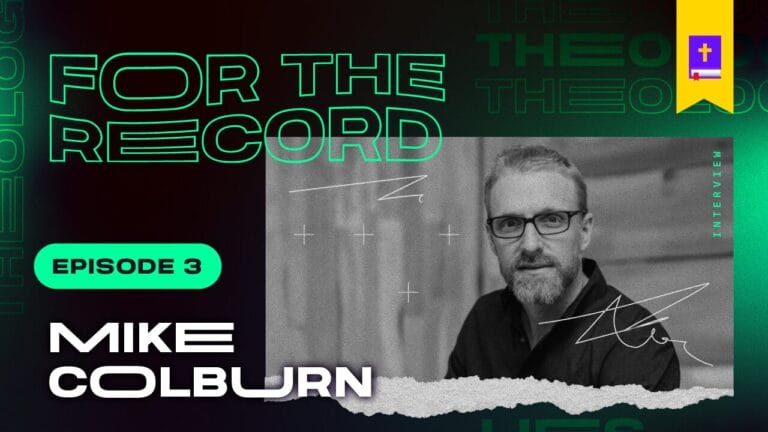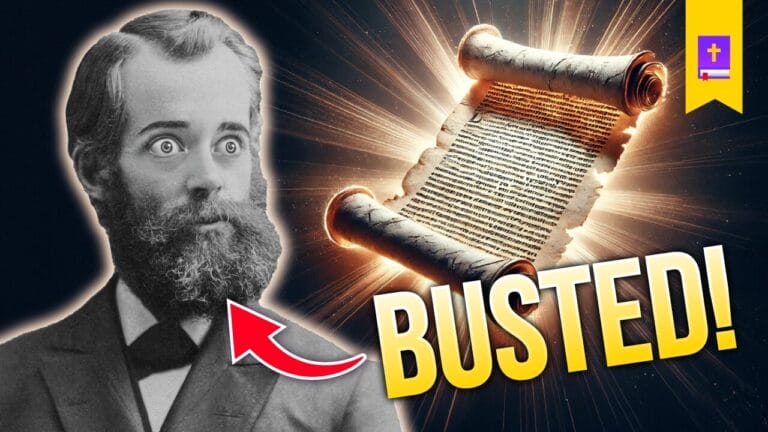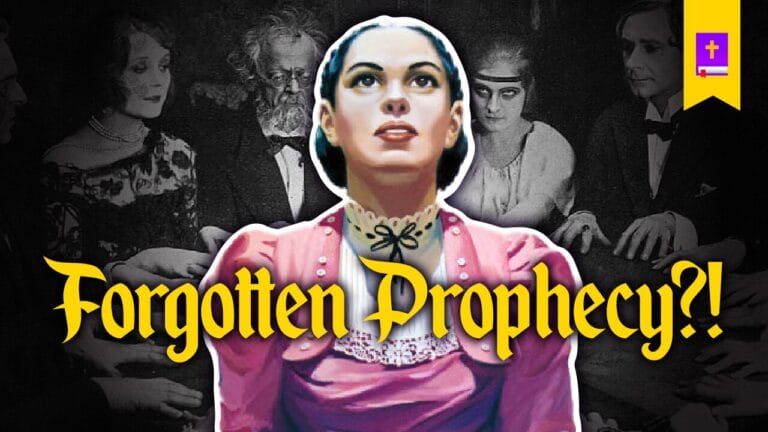The SDA Church regularly touts that the founder of Millerism, William Miller, was an American reformer. This is typically to wax over the fact that he was a false prophet who erroneously date set the return of Christ in 1843. Since the SDA Church is a daughter of Millerism, with roots tied back to his biblical interpretation methods and historical claims, they have to try and reposition William Miller in a favorable light. The fountainhead for this assertion is coming from their prophetess, Ellen G. White, who they believe was divinely inspired and corrects inaccurate interpretations of scripture.
Within Christianity, the Reformation and the Reformers typically refers to those individuals of the 16-17th centuries that sought to see reformation within the universal church in accordance with the scriptures. This is not to be confused with restoration—the idea of reviving something that was entirely lost. The Reformers were not restorationists. In accordance with scripture, the primary areas of focus that the Reformers sought to see change in were church governance, the sacraments, and soteriology. The Reformers were really later voices of those that came before them such as Jan Hus, John Wycliffe, Saint Francis Assisi, Wessel Gansfort, and Valdes of the Waldensians. They were all a part of the Church, not rogue individuals that simply picked up a bible and tried leading a revolution.
False Prophet or Reformer?
William Miller, a 19th-century farmer with no formal theological training, was a former deist and a military captain in the War of 1812. In 1831, after studying the Bible by using an English concordance, he began preaching. He even developed his own “rules” of Bible interpretation.
He concluded that the “time of the end” had begun during the Second Great Awakening and predicted that the end of all things could occur in 1843, based on his interpretation of Daniel 8:14. As 1843 drew closer, the prediction more specifically became that Christ would return between March 21, 1843, and March 21, 1844.
At a time when Puritan postmillennialism was the dominant regional view, one that sees the Second Coming to be far off, Miller repopularized the idea of Christ’s imminent return, attracting an estimated 50,000 to 100,000 followers.
Ellen G White, who the SDA Church claims was divinely inspired and corrects inaccurate interpretations of scripture, claimed to be shown in vision from God, this about William Miller:
I saw that God sent his angel to move upon the heart of a farmer who had not believed the Bible, and led him to search the prophecies. Angels of God repeatedly visited that chosen one, and guided his mind, and opened his understanding to prophecies which had ever been dark to God’s people. The commencement of the chain of truth was given him, and he was led on to search for link after link, until he looked with wonder and admiration upon the word of God.
Ellen G. White, Spiritual Gifts, Vol. 1, pg. 128 (1SG 128.1)
Apparently not, considering Miller ended up being a false prophet who set the date for the return of Christ in 1843.
After the passing of March 21, 1844, the date then shifted to October 22 of that year. This thanks to the help of Samuel Snow, a Millerite who believed he was the return of Elijah the Prophet before the Second Coming. This number came in the summer of 1844 which led to what is known as the Seven Month Movement—which culminated in the October 22, 1844 disappointment.
After the Great Disappointment in 1844, William Miller humbly accepted his errors. While he still affirmed the imminent return of Christ, he put his date speculations to rest. Sylvester Bliss, in his 1853 Memoirs of William Miller, documents down Miller’s public statement on the subject:
I confess my error, and acknowledge my disappointment; yet I still believe that the day of the Lord is near, even at the door.
Sylvester Bliss, Memoirs of William Miller, pg. 256
William Miller was not a reformer of the Christian church. He was a man with misplaced zeal who, in that zeal, believed he had come across something never seen before. By this standard all sorts of individuals and false prophets would be considered reformers of the Christian church—such as Joseph Smith (Mormons), Charles Taze Russell (Jehovah’s Witnesses/Millenial Dawnists), Ann Lee (the Shakers), Mary Baker-Eddy (Christian Science), etc. All individuals the SDA Church would theologically stand in opposition to.
Conclusion
Miller sought to popularize an idea that was not popular in the day in which he lived, but that hardly qualifies for being a reformer. The reality is the SDA Church has sought to rebrand Miller as such as a way of seeking to connect him with the Protestant Reformers to try and have a link themselves back to the Reformation—another common claim they love to try and make.
William Miller, though apologetic, was a false prophet—a false prophet that (sadly) gave birth to much sectarianism such as the Seventh-Day Adventists and Jehovah’s Witnesses. The SDA Church seeks to blur the history to downplay this fact.










